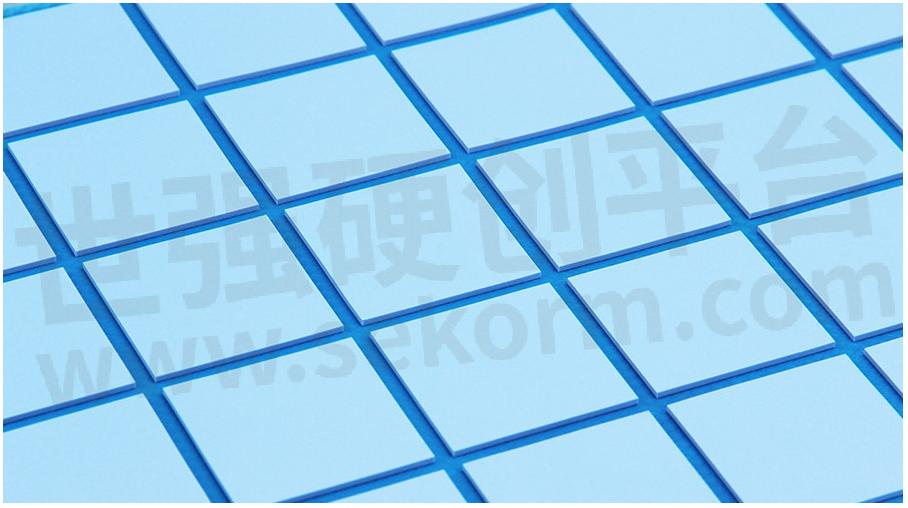Selection of Thermally Conductive Silicone Pad

According to SHEEN, when selecting a thermally conductive silicone pad, some factors should be considered: thermal requirements, temperature range, compressibility and elasticity, chemical resistance and machinability.
The first is thermal requirements. Different application scenarios may have different requirements for heat dissipation performance. High-power devices usually require more powerful heat dissipation capabilities, so it is necessary to choose a thermally conductive silicone pad with high thermal conductivity. For general low-power devices, choosing a thermally conductive silicone pad with moderate thermal conductivity may be sufficient to meet the demand.
Second is the temperature range. Thermal pads need to be able to function properly within a specific temperature range. Different applications may have different operating temperature requirements, so it is necessary to choose a thermally conductive silicone pad that meets the required temperature range.
Compressibility and elasticity are also factors to consider. Thermally conductive silicone pad usually need to be compressed and deformed during device assembly to ensure good contact with heat sinks and heat sinks. Therefore, the compressibility and elasticity of thermal pads are very important, they should be able to return to their original shape under pressure and maintain good contact.
Chemical resistance is also a factor to consider. Thermally conductive silicone pad may need to come into contact with other chemicals such as oils, solvents, etc. Therefore, choosing a Thermally conductive silicone pad with good chemical resistance can ensure its stability and long-term service life in different environments.
The last is machinability. Thermally conductive silicone pads need to be able to be easily cut, shaped and customized to meet the needs of different equipment. Therefore, choosing a thermally conductive silicone pad that is easy to process can improve production efficiency and flexibility.

- +1 Like
- Add to Favorites
Recommend
- Why Does Thermal Resistance Affect the Thermal Conductivity of Thermal Silicone Pad?
- Why Use Non-silicon Thermal Conductive Gasket?
- Thermal Grizzly CPU Contact Frame Intel 1700 LT is Now Available
- What is a thermally conductive silicone sheet?
- Thermal Grizzly Product Update: AM5 High-Performance Heatspreader with New Nickel Plating
- A Brief Description of Thermally Conductive Materials - Thermally Conductive Gel
- How Thin Is The Thermal Conductive Silicone Pad
- How to Choose from Silicone Thermal Pad and Phase Change Thermal Pad?
This document is provided by Sekorm Platform for VIP exclusive service. The copyright is owned by Sekorm. Without authorization, any medias, websites or individual are not allowed to reprint. When authorizing the reprint, the link of www.sekorm.com must be indicated.





























































































































































































































































































































































































































































































































































































































































































































































































































































































